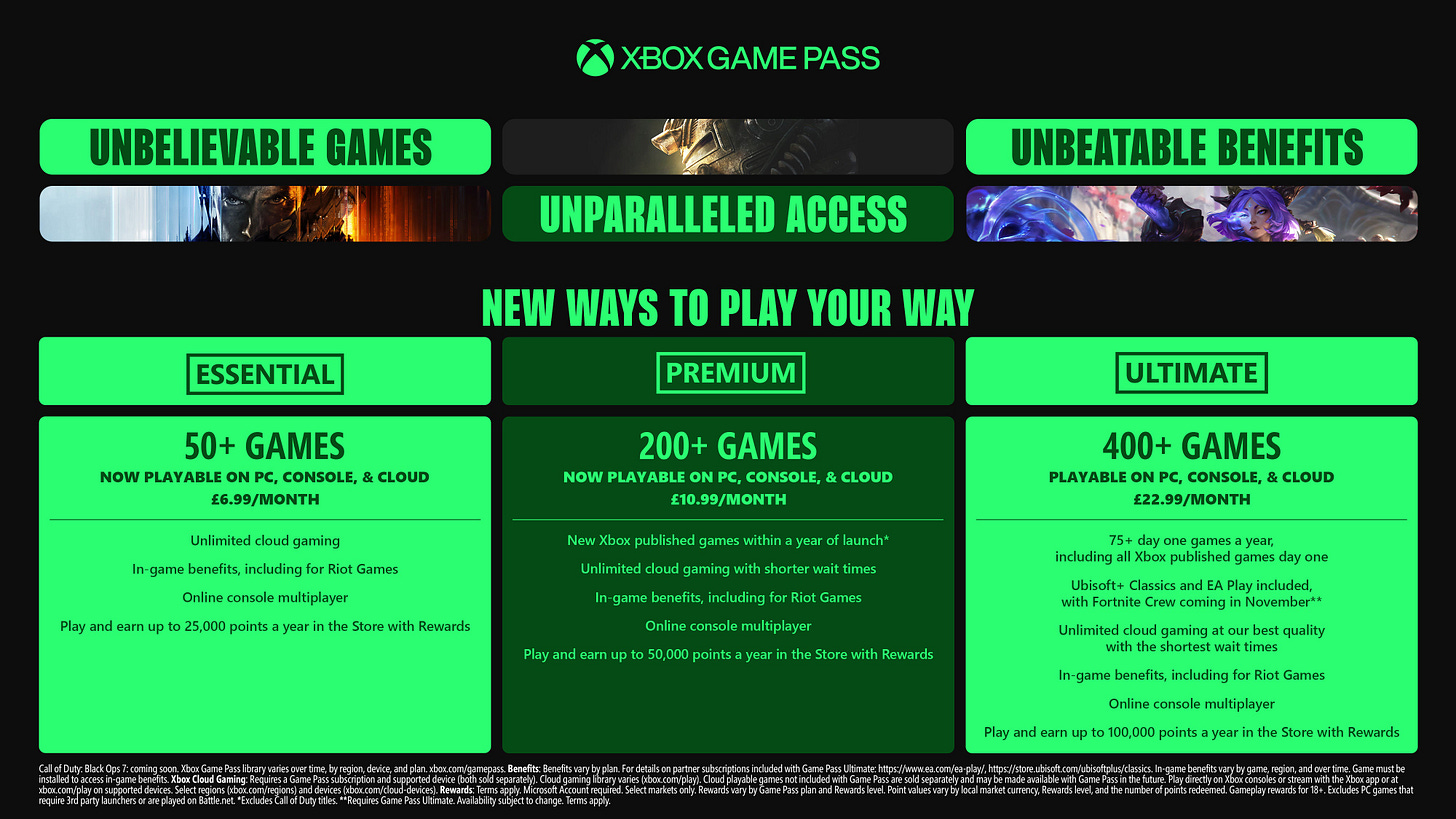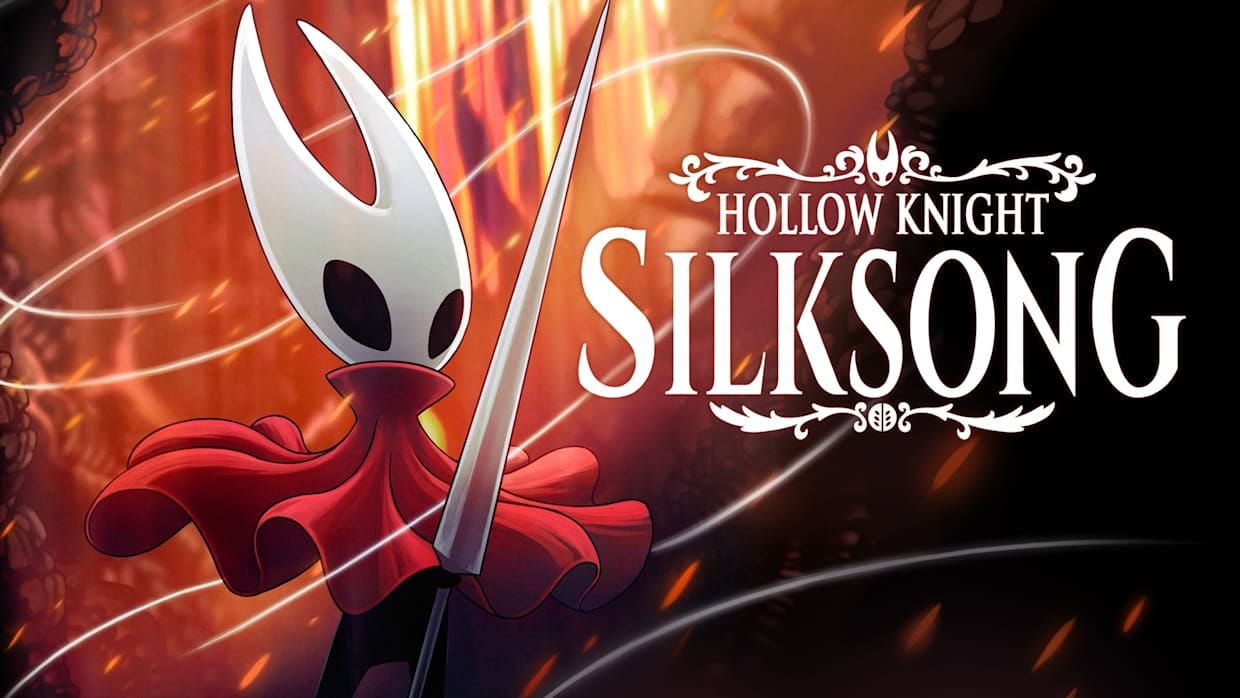The True Horror Lurking in the Industry: Pricing Change
From Game Pass math to Nintendo’s $90 cartridges, here’s why pricing feels more frightening than ever.
Unfortunately, reading about the industry has become a sad thing to do…
As a hobbyist gamedev, I usually spend more time thinking about mechanics, art, or code than the price of games. But lately, I can’t help noticing how much the industry has changed.
$80 releases are everywhere, and while big companies justify them with bigger teams and longer cycles, the real question for us is: what can indie devs learn from this trend?
If you read my previous sentence, there is something off — bigger teams while layoffs are being executed is just the opposite message.
Behind the costumes and candy of the spooky season, there’s a darker story about why companies raised prices — and what that means for players and indie developers alike.
We’re living through an exceptional global context — from inflation to economic uncertainty — and it’s reshaping how the games industry approaches pricing. But I’m not here to justify the decisions behind it; I’m against this approach.
Let’s read the room of economics in the video games industry.
Microsoft Xbox
Back in 2020, we entered a new console generation under messy circumstances: stock shortages, a weak launch lineup, and plenty of questions about Microsoft’s strategy after acquiring so many studios. And yet, in the middle of all that uncertainty, the conversation shifted to rising prices.
“If you purchase one year of Xbox Game Pass Ultimate, it’s actually just $40 away from buying a whole Xbox Series S system… That’s ridiculous.”
From my perspective — as someone who owns an Xbox Series X and actually loves the Game Pass model — this didn’t make much sense. How can you talk about increasing prices after such a shaky trajectory?
You are just confusing your potential and current customers.
The numbers
Subscription Model
Xbox Game Pass Ultimate: From $19.99 to $29.99 (+50%)
Xbox Game Pass Premium: New plan pretending being the old “Ultimate” $14.99
Xbox Game Pass Essential: Keep the price at $9.99
Systems
Xbox Series X: From $499 to $649 (+30%)
Xbox Series S 512GB: From $299 to $399 (+33%)
If you purchase one year of Xbox Game Pass Ultimate is actually just 40$ away of buying a whole Xbox Series S system…Is ridiculous.
In other words, you need to complete at least 5 AAA titles ($70 each) to actually get your money’s worth from the subscription. Being an adult in my mid-30s, I can tell you: normally, that’s an impossible mission.
Sony Playstation
In contrast to some industry peers who opted for steep increases, Sony took a more measured approach. In August 2025, they implemented raises that were moderate in appearance but still meaningful in impact.
The numbers
PlayStation 5: From $499 to $549 (+10%)
PlayStation 5 Digital: From $449 to $499 (+11%)
PlayStation 5 Pro: From $699 to $749 (+7%)
Nintendo Switch 2
The Nintendo Switch 2 represents a strategic inflection point in Nintendo’s approach to hardware pricing and physical media distribution.
With a manufacturing cost of $338 and an MSRP of $449.99, it provides Nintendo with a gross margin of $111.99 per unit before accounting for distribution, marketing, and tariff costs.
Nintendo is walking a tightrope between maintaining profitability and market competitiveness while navigating unprecedented geopolitical pressures. Their decision to absorb tariff costs rather than immediately pass them to consumers reflects this balancing act.
However, internal documents suggest that if tariffs escalate to 20–25%, Nintendo may have no choice but to implement price increases of $50–100.
Nintendo’s Drawback
Nintendo may have decided to keep costs as close to manufacturing as possible, but they followed a strategy that everyone else is following.
The Games, our main pain
Nintendo’s decision to offer only 64GB cartridges for full physical releases has created a fundamental economic challenge for third-party developers. At $16 per cartridge (according to Digital Foundry analysis), this represents a 32x cost increase compared to PlayStation 5’s $1–2 Blu-ray discs for the same storage capacity.
That’s the main reason behind the game key-card distribution: containing only download licenses for approximately $0.50 each, these cards offer developers $15.50 savings per unit.
But as I mentioned at the beginning of this post, even though we can better understand Nintendo’s decision-making with the console and game key-card distribution, there is something not acceptable.
For the first time in Nintendo’s history, physical games cost $10 more than digital versions:
Mario Kart World: $89.99 physical / $79.99 digital
Donkey Kong Bananza: $79.99 physical / $69.99 digital
After going through the reasons behind the cartridge cost increase, for me it is still not acceptable to pay almost $100 for a title — because this could become the standard for the next AAA titles on other systems like PlayStation or Xbox.
Market follows success trends, and Nintendo’s success could easily define the next steps — unfortunately.
Not all heroes wear capes
But not everything is lost already.
When Hollow Knight: Silksong dropped its release price of $19.99, many in the gaming world scoffed. For an indie studio to stick to such an accessible price point is a bold statement.
Silksong’s pricing move could create a kind of benchmark for other indie devs to rally around. If players accept a large, premium indie game at $20, then smaller studios might feel pressure (or permission) to avoid overpricing their own releases.
It becomes a delicate balance: respect your work’s value, but don’t price yourself out of your audience.




